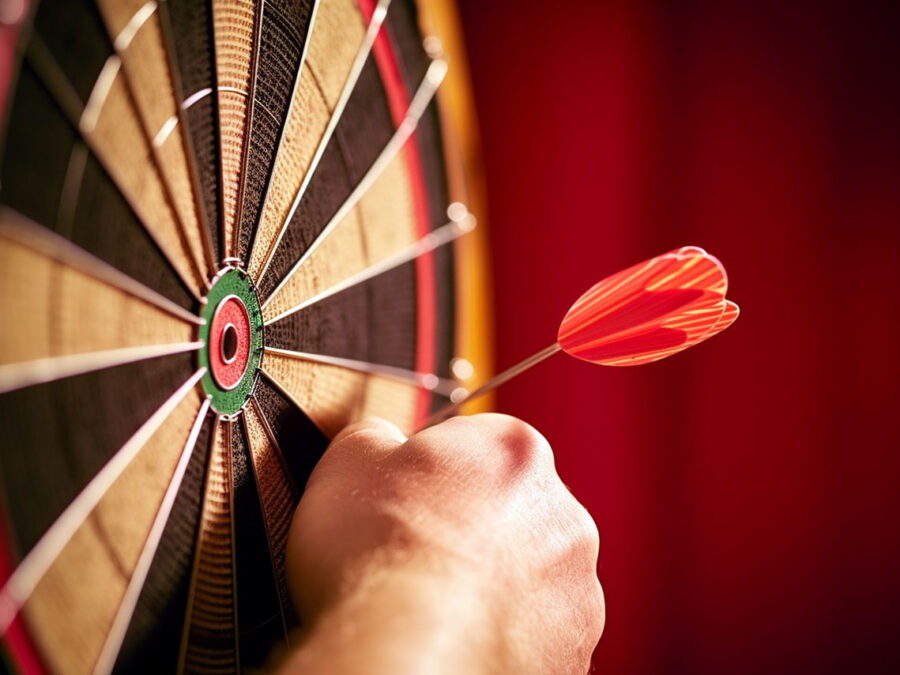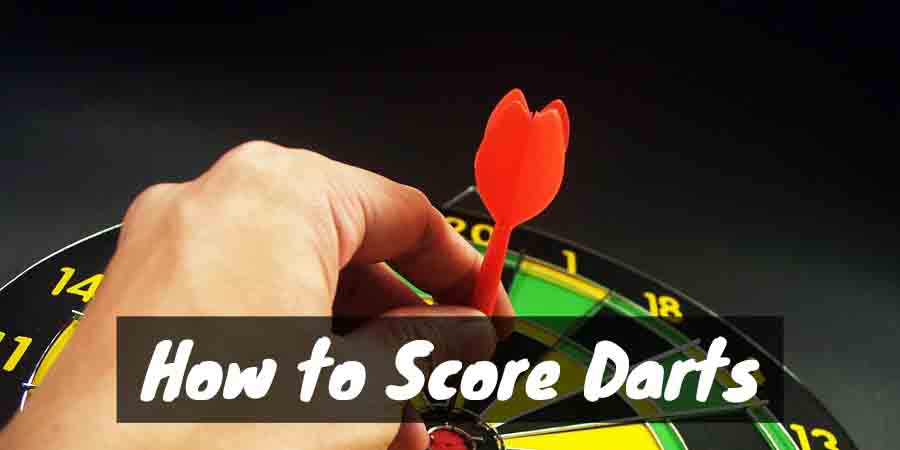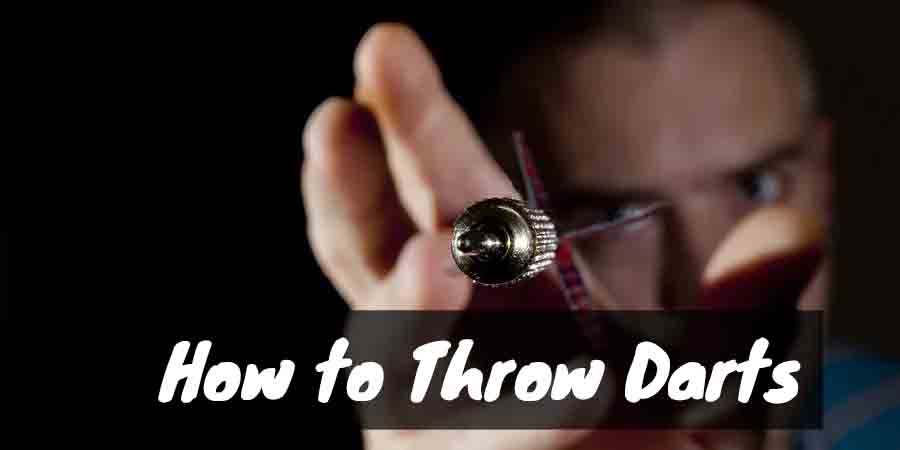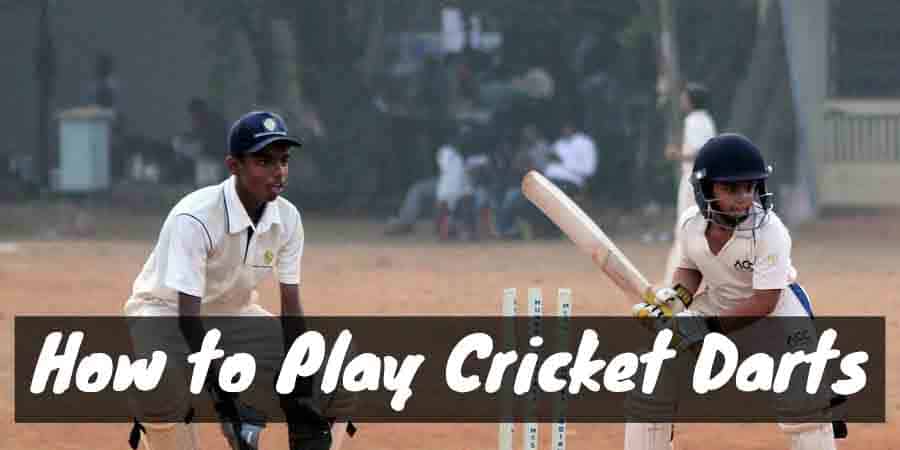Let’s explore the fine art of gripping a dart. Whether you’re a dart-throwing novice or looking to brush up on the basics, you’ve landed in the right place.
1. Get Acquainted With Your Dart
First things first, familiarize yourself with your dart.
A typical dart comprises three main parts:
- the tip (either steel or soft)
- the barrel (the area where you grip)
- the flight (the feathered end that helps maintain balance and direction)
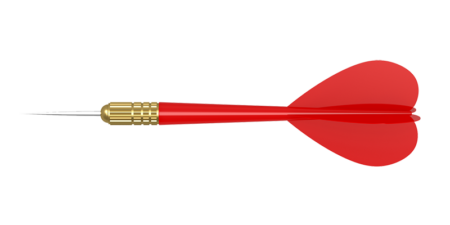
The barrel is your main focus here, as that’s where your fingers will work their magic.
2. Find Your Natural Grip
Everyone’s hand is unique, and so is their dart grip.
Hold your dart as you would a pencil. Ensure you’re comfortable.
Your grip should be firm yet relaxed – just enough pressure to keep the dart steady but not so much that you’re stressing your fingers.
You want a natural, easy grip, not a white-knuckle situation.
3. Position Your Fingers
The general rule is to use at least three fingers to grip the dart, typically the thumb, index, and middle finger.
The thumb usually supports the dart from the back, while the index and middle fingers guide the direction.
Feel free to adjust the finger placement based on what feels right for you.
Remember, comfort is key.
4. Consistency is Key
Once you’ve found a grip that feels good and gives you control over your dart’s flight, stick with it.
Consistency in your grip and throw is the real secret behind improving accuracy and precision in dart throwing.
5. Practice, Practice, Practice
Lastly, but most certainly not least, practice your grip regularly.
The more you practice, the more natural your grip will become, and the better your throws will be.
Over time, you’ll start noticing improvements, inching you closer to that perfect bullseye.
Conclusion
And that wraps up our beginner’s guide on how to grip a dart.
Remember, every master was once a beginner.
So, pick up that dart, find your grip, and keep practicing.
How to Grip Your Darts (Video)
Related Questions
1. Why is it essential to get acquainted with your dart?
Getting acquainted with your dart is crucial because understanding its components can significantly improve your grip and throw. Knowing how each part—the tip, the barrel, and the flight—affects the dart’s trajectory helps you better adjust your grip and throwing technique.
2. How many fingers should you use to grip the dart?
Generally, it’s recommended to use at least three fingers—the thumb, index, and middle finger—to grip the dart. The thumb supports the dart from the back, while the index and middle fingers guide its direction. However, feel free to adjust according to what feels most comfortable and natural to you.
3. What does it mean to have a ‘natural grip’ on a dart?
A ‘natural grip’ means holding the dart in a manner that feels comfortable, relaxed, and intuitive to you. It’s about applying just enough pressure to maintain control without straining your fingers. Everyone’s natural grip will be slightly different due to the unique shape and size of their hands.
4. Why is consistency important when gripping a dart?
Consistency is vital because it leads to improved accuracy and precision. The more consistently you grip and throw the dart, the more your muscle memory builds up, leading to more accurate throws over time.
5. How often should you practice gripping a dart?
Practicing as often as possible is the best way to improve. The more you practice, the more natural your grip will become, leading to better throws and, ultimately, better scores. Even a few minutes a day can lead to noticeable improvements over time.
